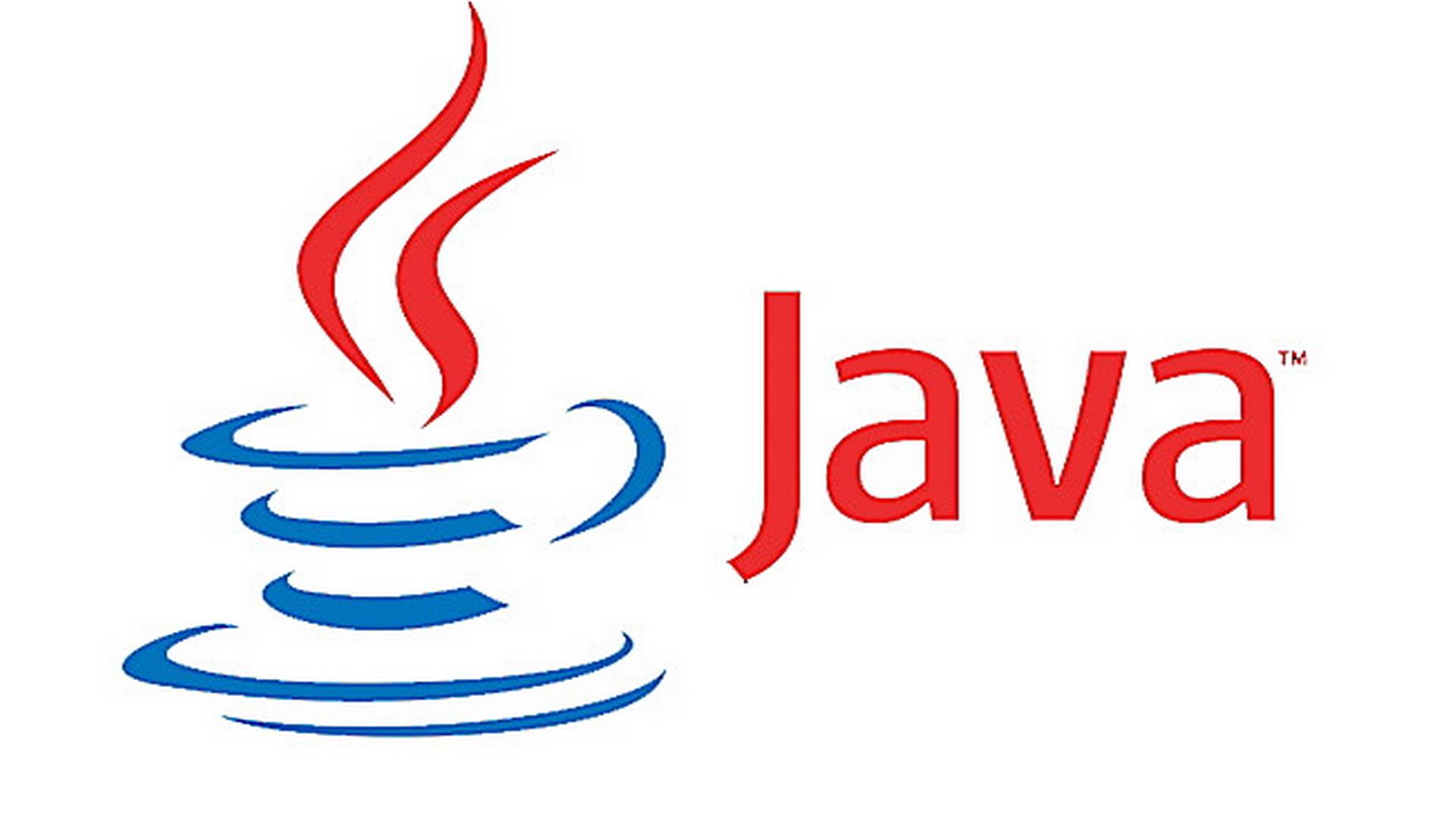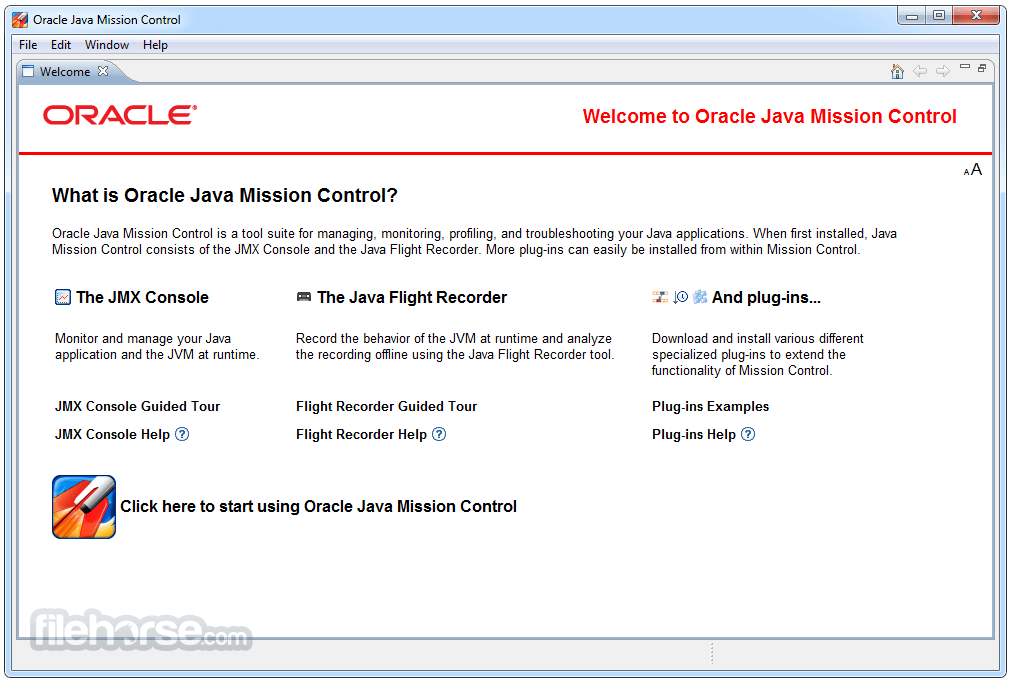This page describes how to install and uninstall JDK 8 for OS X computers.
Support for SPARC M8 and SPARC T8 requires JDK 1.8.0131 or higher. Oracle Linux covers both kernels: Red Hat Compatible and Unbreakable. On 64-bit operating systems (OSs), both 32-bit and 64-bit Java virtual machines (JVMs) are certified, except where noted. Find the Java Control Panel - Versions below 7u40. Right-click on the Start button and select the Control Panel option. In the Windows Control Panel, click on Programs. Click on the Java icon to open the Java Control Panel. Use search to find the Control Panel.
This page has these topics:
Java SE 8 Archive Downloads (JDK 8u202 and earlier) Go to the Oracle Java Archive. The JDK is a development environment for building applications using the Java programming language. The JDK includes tools useful for developing and testing programs written in the Java programming language and running on the Java TM platform. We plan to support JDK 6 and JDK 7 up to March of 2026, JDK 8 all the way up to March 2031, and JDK 11 till March 2027. How can I download the version I need? Find the list of all supported builds on this page, choose the “All versions” tab and pick the Java Version, Release Version, OS, Architecture, Bitness, and Package Type to form the. 1) brew cask install java 2) java -version java version '1.8.0131' Java(TM) SE Runtime Environment (build 1.8.0131-b11) P.S - Cask is an extension to Homebrew that is intended to manage large Mac binaries and graphical applications, but using the Homebrew interface.
See 'JDK 8 and JRE 8 Installation Start Here' for general information about installing JDK 8 and JRE 8.
See 'OS X Platform Install FAQ' for general information about installing JDK 8 on OS X.
System Requirements
Observe the following requirements:
Any Intel-based computer running OS X 10.8 (Mountain Lion) or later.
Administrator privileges.

Note that installing the JDK on OS X is performed on a system wide basis, for all users, and administrator privileges are required. You cannot install Java for a single user.
Installing the JDK also installs the JRE. The one exception is that the system will not replace the current JRE with a lower version. To install a lower version of the JRE, first uninstall the current version as described in 'Uninstalling the JRE'.
JDK Installation Instructions
When you install the Java Development Kit (JDK), the associated Java Runtime Environment (JRE) is installed at the same time. The JavaFX SDK and Runtime are also installed and integrated into the standard JDK directory structure.
Depending on your processor, the downloaded file has one of the following names:
jdk-8uversion-macosx-amd64.dmgjdk-8uversion-macosx-x64.dmg
Where version is 6 or later.
Download the file.
Before the file can be downloaded, you must accept the license agreement.
From either the Downloads window of the browser, or from the file browser, double click the
.dmgfile to launch it.A Finder window appears containing an icon of an open box and the name of the
.pkgfile.Double click the package icon to launch the Install app.
The Install app displays the Introduction window.
Note:
In some cases, a Destination Select window appears. This is a bug, as there is only one option available. If you see this window, select Install for all users of this computer to enable the Continue button.Click Continue.
The Installation Type window appears.
Click Install.
A window appears that says 'Installer is trying to install new software. Type your password to allow this.'
Enter the Administrator login and password and click Install Software.
The software is installed and a confirmation window appears.
Refer to
http://www.oracle.com/technetwork/java/javase/downloads/jdk-for-mac-readme-1564562.htmlfor more information about the installation.After the software is installed, delete the
.dmgfile if you want to save disk space.
Determining the Default Version of the JDK
If you have not yet installed Apple's Java OS X 2012-006 update, then you are still using a version of Apple Java 6 that includes the plug-in and the Java Preferences app. See 'Note for Users of OS X that Include Apple Java 6 Plug-in'.
There can be multiple JDKs installed on a system, as many as you wish.
When launching a Java application through the command line, the system uses the default JDK. It is possible for the version of the JRE to be different than the version of the JDK.
You can determine which version of the JDK is the default by typing java -version in a Terminal window. If the installed version is 8u6, you will see a string that includes the text 1.8.0_06. For example:
To run a different version of Java, either specify the full path, or use the java_home tool:
For more information, see the java_home(1) man page.
Uninstalling the JDK
To uninstall the JDK, you must have Administrator privileges and execute the remove command either as root or by using the sudo(8) tool.
For example, to uninstall 8u6:
Do not attempt to uninstall Java by removing the Java tools from /usr/bin. This directory is part of the system software and any changes will be reset by Apple the next time you perform an update of the OS.
This page describes 32- and 64-bit Windows processor, disk space, and memory requirements for the JDK and JRE.

This page has these topics:
See 'JDK 8 and JRE 8 Installation Start Here' for general information about installing JDK 8 and JRE 8.
32-bit Platforms
This topic describes:
Processor Requirements
Both the Java SE Development Kit (JDK) and Java SE Runtime Environment (JRE) require at minimum a Pentium 2 266 MHz processor.
Disk Space Requirements
For the JDK, you are given the option of installing the following features:
Development Tools
Source Code
Public Java Runtime Environment
For the JDK, the installed image consists of all the files installed under the directory jdk1.8.0; for the JRE, it consists of all files installed under the directory jre1.8.0.
The directory Program FilesCommon FilesJavaJava Update, or Program Files (x86)Common FilesJavaJava Update on 64-bit operating systems, contains Java Update, which enables you to keep your computer up-to-date automatically with the latest JRE releases. See http://docs.oracle.com/javase/8/docs/technotes/guides/deploy/jcp.html#JSDPG759 for more information.
The installed image will, by default, be installed on the Windows drive - the drive where the Windows operating system is installed (sometimes called the system drive). Most often this will be the C drive. However, it is possible to install the installed image on any drive. For instance, the installed image for the JDK could be installed to a non-Windows drive with a custom installation.
Java SE uses the directory %APPDATA% to store temporary files. To determine the location of this directory, go to the Java Control Panel (from the Windows Control Panel). Select the General tab. In the Temporary Internet Files panel, click Settings. Note that only advanced users should modify the settings for temporary files.
In addition to the disk space required for the installed images, there must be sufficient disk space for Java Update. The following tables give the disk space requirements for the JRE and JDK, respectively:
| JRE | Installed Image |
|---|---|
| Java Runtime Environment, including JavaFX Runtime | 124 MB |
| Java Update | 2 MB |

| JDK | Installed Image |
|---|---|
| Development Tools, including JavaFX SDK | 245 MB |
| Source Code | 27 MB |
| Public Java Runtime Environment | See JRE table |
Memory Requirements
The following table lists the minimum memory requirements for Windows 32-bit operating systems.
| Version | Memory |
|---|---|
| Windows 8 | 128 MB |
| Windows 7 | 128 MB |
| Windows Vista | 128 MB |
| Windows Server 2008 | 128 MB |
Note: The minimum physical RAM is required to run graphically based applications. More RAM is recommended for applets running within a browser using Java Plug-in technology. Running with less memory may cause disk swapping, which has a severe effect on performance. Very large programs may require more RAM for adequate performance. |
64-bit Platforms
This topic describes:
Processor Requirements
Both the JDK and JRE require at minimum a Pentium 2 266 MHz processor.
Java Jdk 8 Os Free
Disk Space Requirements
The JDK features available for 64-bit platforms are the same as those for Windows 32-bit operating systems.
The disk requirement for development tools for 64-bit platforms is 181 MB. The disk space requirements for source code and the public JRE are the same as those for Windows 32-bit operating systems, except for the JavaFX SDK (68 MB) and the JavaFX runtime (32 MB).
Memory Requirements
On Windows 64-bit operating systems, in 32- or 64-bit mode, the Java runtime requires a minimum of 128MB of memory.
Install Java Jdk 8 Mac Os X
Note: The minimum physical RAM is required to run graphically based applications. More RAM is recommended for applets running within a browser using the Java Plug-in. Running with less memory may cause disk swapping, which has a severe effect on performance. Very large programs may require more RAM for adequate performance. |